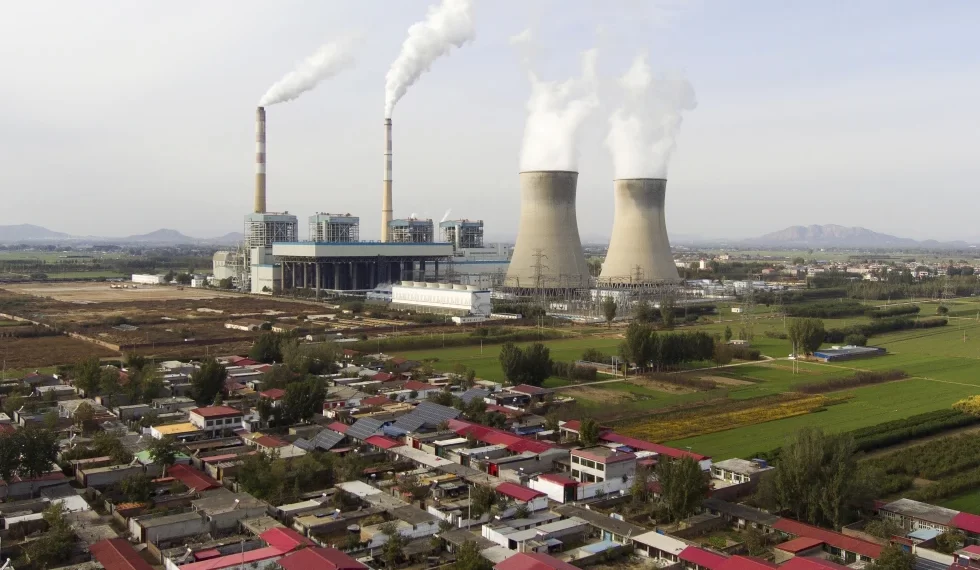According to a report issued by the Global Carbon Project; a group of international scientists, the world is on track to have burned more coal, oil and gas in 2023 than it did in 2022, pumping 1.1% more planet-heating carbon dioxide into the atmosphere than last year.
The report released on Tuesday at the COP28 summit noted that the growth in carbon dioxide emissions had slowed substantially over the past decade, but the amount emitted each year had continued to rise.
Pierre Friedlingstein, a climate scientist at the University of Exeter’s Global Systems Institute and lead author of the study, said, “The impacts of climate change are evident all around us but action to reduce carbon emissions from fossil fuels remains painfully slow.
Friedlingstein added,“It now looks inevitable that we will overshoot the 1.5C target of the Paris agreement, and leaders meeting at COP28 will have to agree rapid cuts in fossil fuel emissions even to keep the 2C target alive.”
Per the report, the world in 2023 increased its annual emissions by 398 million metric tons, but it was in three places: China, India and the skies(aviation).
China’s fossil fuel emissions went up 458 million metric tons from last year, India’s went up 233 million metric tons and aviation emissions increased 145 million metric tons.
This year, the burning of fossil fuel and manufacturing of cement have added the equivalent of putting 2.57 million pounds (1.17 million kilograms) of carbon dioxide into the atmosphere every second.
If China and India were excluded from the count, Friedlingstein said, world carbon dioxide emissions from the burning of fossil fuels and cement manufacturing would have dropped.
Outside of India and China, the rest of the world’s fossil fuel emissions went down by 419 million metric tons, led by Europe’s 205 million metric ton drop and a decrease of 154 million metric tons in the United States.
Europe’s 8% decrease was across the board with reduced emissions in coal, oil, gas and cement emissions, the report said. The U.S. decrease was almost entirely in coal, with slight increases in oil and gas emissions.
The report also found that technology to suck carbon dioxide out of the atmosphere would have done almost nothing to stop global heating this year.
The researchers found that current levels of technology-based removal – which does not include carbon absorbed by trees – are more than 1m times smaller than current fossil carbon dioxide emissions.
United Nations Environment Programme Director, Inger Andersen said that the world needs to get to zero fossil fuel emissions “as fast as possible,” with developed nations getting there by 2040 and developing nations by 2050 or at least 2060.
Government Action Not Enough
In a separate report also published on Tuesday, Climate Action Tracker (CAT) raised its projections for future warming.
“Two years after Glasgow, our report is virtually the same,” said Claire Stockwell, an analyst at Climate Analytics and lead author of the CAT report.
“You would think the extreme events around the world would be sparking action but governments appear oblivious, somehow thinking treading water will deal with the flood of impacts.”
Claire Stockwell
Governments were happy to promote clean energy but had done little to penalise fossil fuels, said Glen Peters, a Research Director at the climate research institute, Cicero.
“It is simply not enough to support clean energy. Policies are also needed to drive fossil fuels out of the energy system,” he added.
Corinne Le Quéré, a research professor at the University of East Anglia’s School of Environmental Sciences, said, “All countries need to decarbonise their economies faster than they are at present to avoid the worst impacts of climate change.”



















